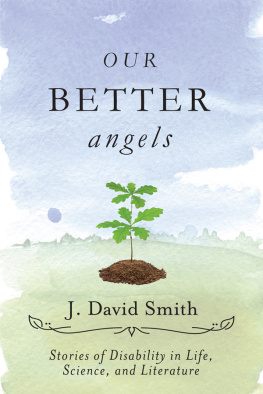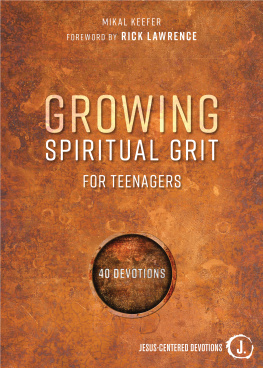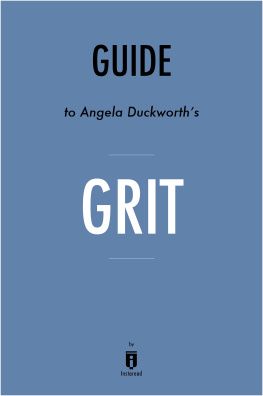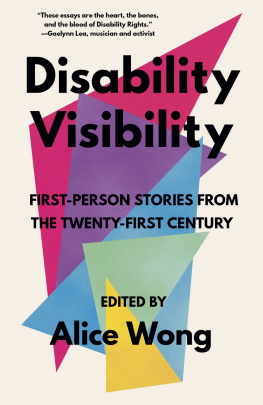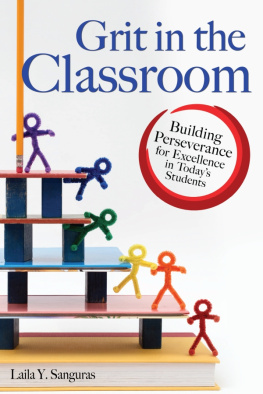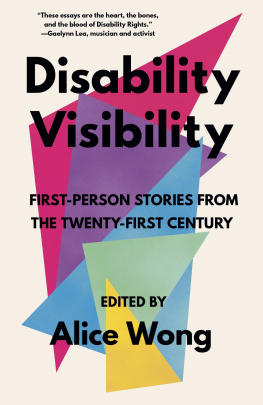Introduction
This book tells stories of remarkable people living with physical disability adults who have grown up with a physical disability from birth or acquired one during childhood or adolescence, and who have achieved much in their individual fields.
An estimated two to three percent of children and adolescents grow up with a physical disability, which is a different experience from acquiring one in adulthood, when one is already established as a person. For the child and adolescent with a physical disability, the challenge of their disability is added to all the regular challenges of growing up. It is worth noting, though, that as people progress through adulthood, they may acquire physical disability through, for example, accident or illness. Disability is a reality for fifteen percent of people across the lifespan. A billion people worldwide have a disability.
The people in these stories are remarkable in different ways they are successful across fields such as business, sport, medicine, dance, tech, and politics. The sports stories are varied, but a number of them feature swimmers (reflecting the popularity of swimming as a sport of choice for people with a physical disability).
These are stories of people with different types of physical disabilities. Since cerebral palsy ( CP ) is the most common cause of physical disability in childhood, several stories feature people with this condition and where known we have specified the type (spastic diplegia or hemiplegia). These stories also address physical disability alone, acknowledging that some physical disabilities also have associated cognitive challenges.
Although the stories are diverse, some common themes emerge. Many tell of parents being given poor predictions of their childs life soon after birth. Wont. Cant. Never. These words were often heard.
But these people have lived out a different story. These remarkable individuals are not overcoming disability they are accommodating disability in their lives while pursuing their dreams. Many tell of influential people they had early in their lives, and all offer rich insights on disability. For instance, just because a person has a disability doesnt mean they are exceptional, special, or inspirational they are ordinary. It is what they do in life that makes them remarkable.
Athletes talk of wanting to be recognized for their sporting achievements, not to be given inspirational awards merely for participating. Others emphasize that the environment (physical and attitudinal) is often more limiting than the disability itself; that sometimes, nondisabled people are uncomfortable around disability simply because they dont know any disabled people. Giving disability visibility is important.
Perseverance is the one characteristic that all the people in these stories share they all display pure grit, which is what inspired the title of the book. In her story, Ila Eckhoff says, Grit is one of those things that we dont quite know how to measure. Grit has been proven to have much more of an impact on goals, objectives, and achievement even more than intellect... a person with above-average grit is going to go a lot further than somebody whos super smart with zero grit who, once they get stopped, doesnt know how to get back up. Everyone profiled in this book knows, or has learned, how to get up again.
And while many of those featured in these stories dont see themselves as role models, they are. Role models, as most people understand, have a useful place in society, and a growing body of research supports their importance.
Success in life is to some extent additive later success builds on earlier successes and failures. The remarkable people featured here vary in age from their twenties to seventies and are at different stages of success. For example, in Paralympic sport, one athlete has just made the qualifying time; others are world-leading multi-medalists.
Taken together, the stories shine a light on unlimited possibilities. Success is what you want it to be. Success is achievement at any age. Success can be in the quiet of your own home as equally as on a world stage. Success takes effort, success takes resilience, and indeed, sometimes success takes failure. Success can bring satisfaction, and success breeds success.
Reading this book will make you laugh and sometimes cry. The book goes a long way toward dispelling the lingering myth that disability is something to be pitied, that it leads to a less than life. When reading these stories, pity is not likely the emotion you will feel more likely it will be awe and, indeed, sometimes envy of these amazingly fulfilled and vibrant lives.
Marian Wright Edelman, the American activist for childrens rights, coined the phrase: You cant be what you cant see. We hope this book will help people see in order to be.
Lex Gillette steps off the school bus, feeling the firm pavement under his feet as the warm spring air hits his face. A backpack in tow, he steps up onto the curb of the familiar sidewalk, walking straight. He reaches the grass line, feeling the soft padding beneath his shoes, his cue to turn right. Because Lex cannot see, his daily journey home from school is guided by his other senses.
Lex arrives at the stairs, counting the steps one, two, three before taking five steps forward. He then has a choice: he can turn right toward his front door or, even better, he can turn left, to the ledge.
That beloved ledge represents freedom to this young boy from Raleigh, North Carolina. Lex drops his backpack, picks up his pace, and runs. His arms spread wide as he pushes off the edge, jumps, and starts to fly. Gravity draws him three feet down, landing on the soft grass below.
Lex was not born blind. He still remembers the sight of flowers blooming and birds flying in his neighborhood. It wasnt until he was three years old that he first lost vision in his left eye due to a detached retina. He still had vision in his right eye though until things started to go murky at age eight.
Once again, a detached retina was the culprit. When Lex got into the bathtub one night, he saw lines blurring his vision, and the next day at school, teachers noticed that he was bumping into things in the classroom. Lex had to wear an eye patch for several weeks and began a series of new operations.
After the tenth operation (I endured thirteen starting at three years old), ophthalmologist Dr. Brooks McKewen talked to my mother. He said to her, Ms. Gillette, we have tried everything. Your son will eventually go blind. I am sorry, but there is nothing else we can do. Questions rattled around in my head. So, now what? I wondered, Lex later wrote in his memoir.
His mother, Verdina, had already instilled her own approach to navigating disability into Lexs hard drive. She is also visually impaired, having a form of glaucoma that grants her some usable sight. She was Lexs role model early on.
She was a really good example, says Lex. I think the biggest thing is that she let me go, at the end of the day. She let me go outside and discover and continue to explore after I lost my sight. Although I couldnt see anything, it was about learning the neighborhood from my other senses.
With his mothers blend of expectations and aspirations, Lex quickly learned how to navigate independently. Verdina expected Lex to have the same responsibilities as any other kid: washing the dishes, doing his chores, and finishing his homework. She aspired for him to gain autonomy, encouraging him to learn how to navigate life among his sighted peers.
It was literally my mom who kept me growing, allowing me to go out there and figure out the world from all aspects, minus the visual, says Lex. She told me This is your life. I want you to be able to go into the world and do amazing things. I want you to achieve everything you see within your mind, and it doesnt matter what anyone says or the obstacles that lie in your path. You have what it takes internally to overcome all of those things.




